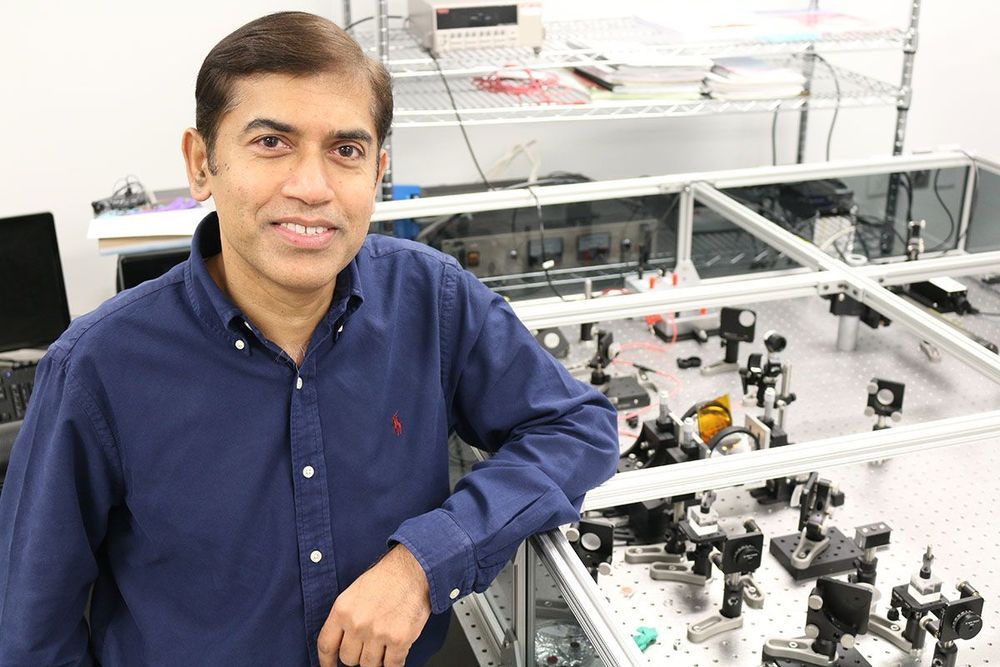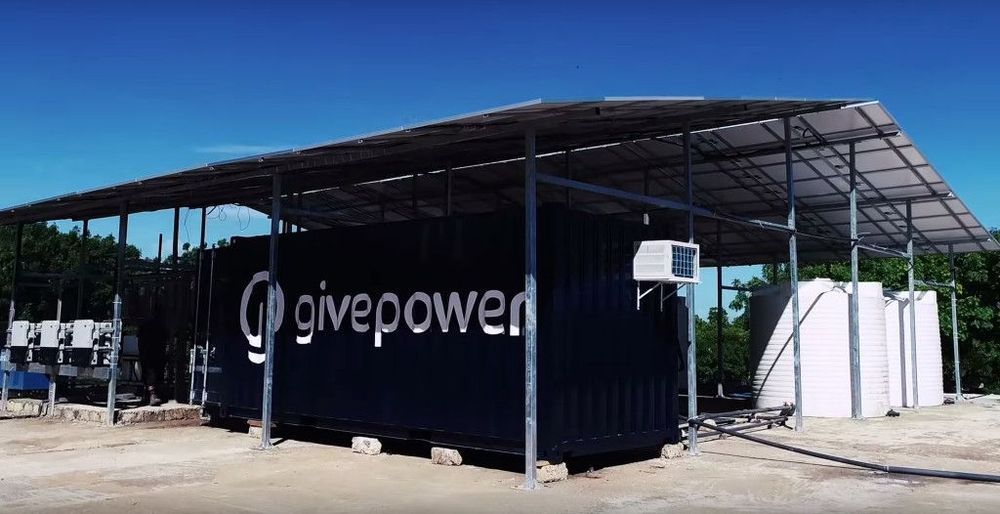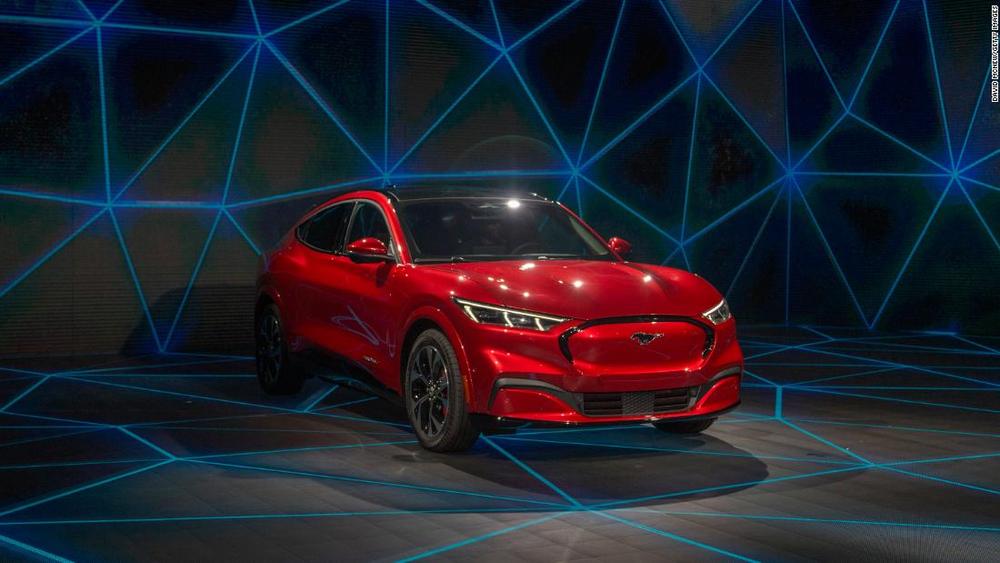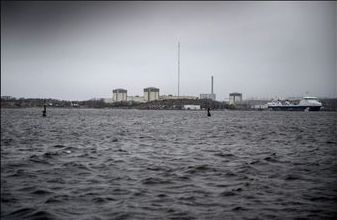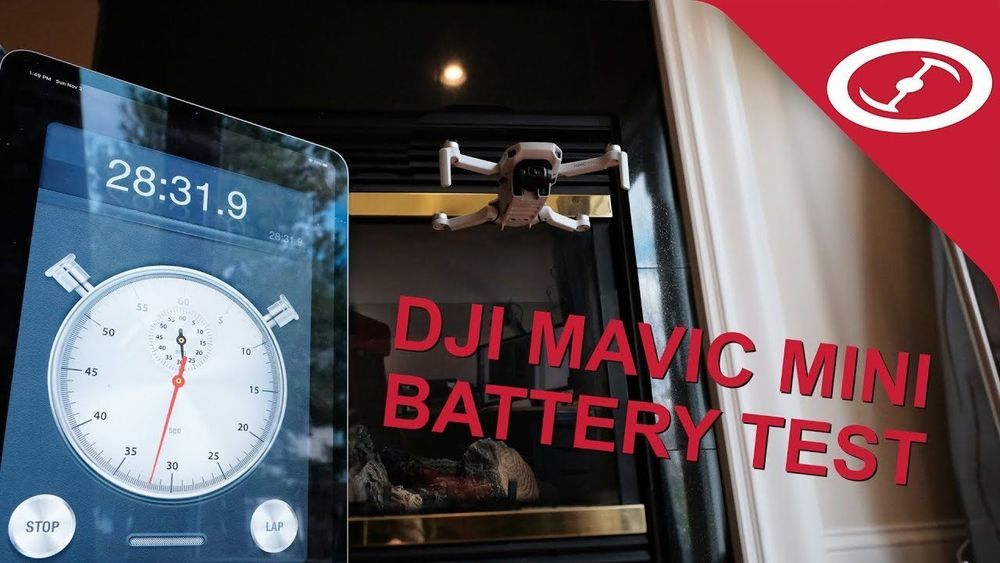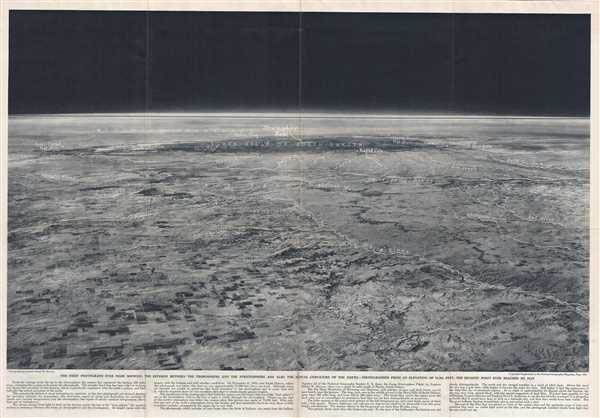A new type of arms race could be on the cards.
A new system enables optimization of perovskite materials for the production of technology that could make solar energy ubiquitous.
GivePower has deployed a new water desalination plant in Africa using Tesla batteries and solar power that is now providing clean water to thousands of people.
The system has been deployed in Kiunga, a rural village in Kenya where the lack of clean water had people sometimes rely on saltwater wells or even contaminated water.
Desalination is a power-consuming process that is hard to implement in a place where power is already scarce.
A Mars invasion, a climate meeting and human–animal hybrids are set to shape the research agenda.
In Finland, the number of homeless people has fallen sharply. The reason: The country applies the “Housing First” concept. Those affected by homelessness receive a small apartment and counselling – without any preconditions. 4 out of 5 people affected thus make their way back into a stable life. And: All this is cheaper than accepting homelessness.
Read this article in German here.
Finland is the only country in Europe where homelessness is in decline.
Ford is no longer taking orders for the first edition of its new electric Mustang, the Mach-E.
The company will still be taking pre-orders for other versions of the crossover, including premium and GT, according to a press release.
Ford unveiled the Mustang Mach-E in November and began taking $500 refundable reservations before the Mach-E makes its debut next year.
UPDATED: After more than four decades in operation, a nuclear power plant reactor in southern Sweden closed for good on Monday.
Zero Zero Robotics has publically released its latest product, the V-Coptr Falcon, a v-shaped bi-copter. The drone can achieve a flight time of 50 minutes thanks to its two motors, which are attached via tilting arms. The V-Coptr Falcon also has a 4K 3-axis stabilized camera, obstacle avoidance, and a 7km transmission distance.
On Dec. 30, 1930, the first-ever photo of the Earth’s curvature was taken.
This photo was taken by Lieutenant Colonel Albert William Stevens, who was an officer in the U.S. Army Air Corps and an aerial photographer. He also happened to be a balloonist, and he once broke a world record for a high-altitude balloon flight. Stevens took this photo while flying in a balloon over South Dakota.
He used infrared-sensitive film that worked well for long-distance aerial shots in which the subject was obscured by things like haze. The mountains he was photographing were more than 300 miles away, and he couldn’t see them with his own eyes. But his camera was sensitive enough! The photo was the first visual proof that our planet is, in fact, round.
Integrated optics provides a versatile platform for quantum information processing and transceiving with photons1,2,3,4,5,6,7,8. The implementation of quantum protocols requires the capability to generate multiple high-quality single photons and process photons with multiple high-fidelity operators9,10,11. However, previous experimental demonstrations were faced by major challenges in realizing sufficiently high-quality multi-photon sources and multi-qubit operators in a single integrated system4,5,6,7,8, and fully chip-based implementations of multi-qubit quantum tasks remain a significant challenge1,2,3. Here, we report the demonstration of chip-to-chip quantum teleportation and genuine multipartite entanglement, the core functionalities in quantum technologies, on silicon-photonic circuitry. Four single photons with high purity and indistinguishablity are produced in an array of microresonator sources, without requiring any spectral filtering. Up to four qubits are processed in a reprogrammable linear-optic quantum circuit that facilitates Bell projection and fusion operation. The generation, processing, transceiving and measurement of multi-photon multi-qubit states are all achieved in micrometre-scale silicon chips, fabricated by the complementary metal–oxide–semiconductor process. Our work lays the groundwork for large-scale integrated photonic quantum technologies for communications and computations.

